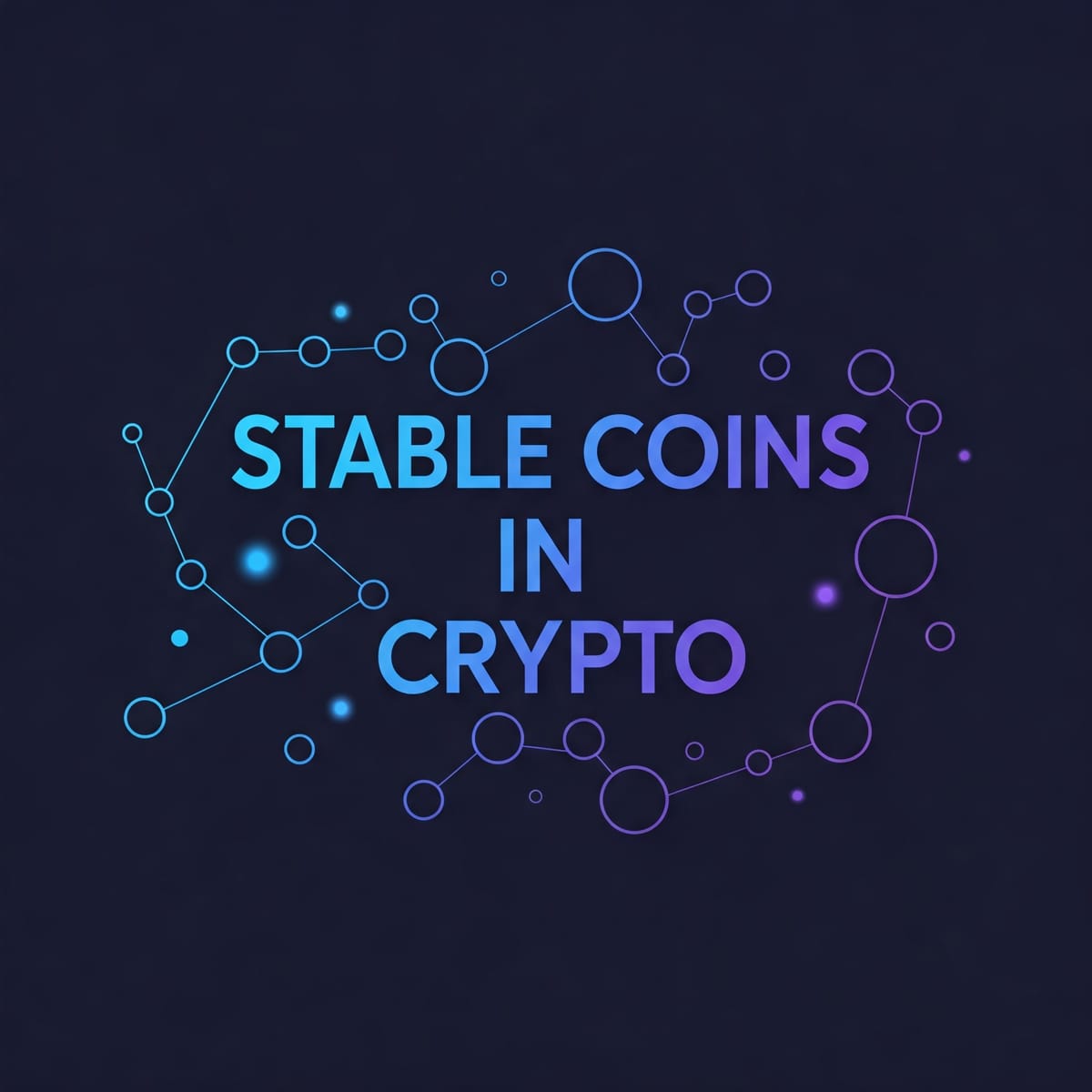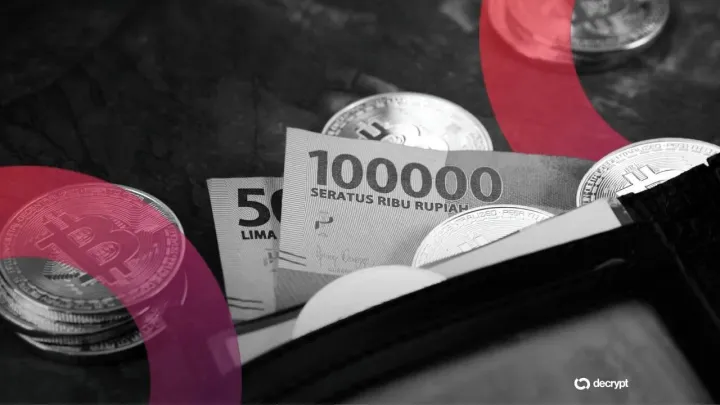Stablecoins in Crypto: The Backbone of Digital Finance

Introduction
In the ever-volatile world of crypto, stablecoins have emerged as a foundational layer, offering price stability and bridging traditional finance with decentralized systems. These digital assets are pegged to a stable reserve, usually a fiat currency like the US dollar, and are widely used in trading, lending, and cross-border payments. But beyond their price stability, stablecoins play a crucial role in liquidity provision, on-chain settlement, and DeFi innovation.
What Are Stablecoins?
Stablecoins are digital tokens designed to maintain a stable value over time. They serve as the crypto equivalent of fiat currencies, giving users the ability to transact in a stable medium of exchange without exiting the blockchain ecosystem.
There are three primary types of stablecoins:
- Fiat-Collateralized (e.g., USDT, USDC): Backed 1:1 by reserves held in bank accounts.
- Crypto-Collateralized (e.g., DAI): Overcollateralized with volatile assets like ETH to maintain stability.
- Algorithmic (e.g., FRAX, previously UST): Use supply-demand algorithms to stabilize price without direct collateral.
Related: DeFi’s Legal Awakening: How New Regulations Are Reshaping the Future of Decentralized Finance
Use Cases of Stablecoins
Stablecoins are more than just a refuge from volatility, they’re an essential infrastructure for the entire crypto economy.
1. On-Chain Trading
Stablecoins act as base pairs for trading on both centralized and decentralized exchanges. Traders exit volatile positions into stablecoins to preserve capital.
Related: Trading 102: Demystifying Leverage, Liquidation, and Margin in Crypto
2. DeFi Lending and Borrowing
Platforms like Aave and Compound allow users to deposit stablecoins and earn yield or borrow against them, powering decentralized credit markets.
Related: The Yield Dilemma: Finding Sustainability in DeFi
3. Cross-Border Payments
Stablecoins provide a fast, low-cost alternative to traditional remittance services, especially in underbanked regions.
Related: DeFi 101: An Introduction to the Decentralized Finance Revolution
4. Treasury and Payroll Management
DAOs and crypto-native companies often use stablecoins for transparent, real-time payroll, budgeting, and expense management.
Related: Smart Contracts in DeFi Explained
4. Treasury and Payroll Management
DAOs and crypto-native companies often use stablecoins for transparent, real-time payroll, budgeting, and expense management.
Related: Smart Contracts in DeFi Explained
Popular Stablecoins and Their Models
Tether (USDT)
The most widely used stablecoin, backed by a mix of cash reserves and commercial paper. Despite regulatory scrutiny, USDT dominates trading pairs on most exchanges.
USD Coin (USDC)
Issued by Circle and backed 1:1 with cash reserves held in U.S. banks. Known for transparency and regular audits.
DAI
An overcollateralized, decentralized stablecoin generated through the MakerDAO protocol. It allows users to lock ETH and mint DAI while maintaining price stability via smart contracts.
FRAX
A hybrid model combining algorithmic and collateral-backed mechanisms. FRAX adjusts collateral ratios dynamically based on market demand.
Related: The Role of Oracles in DeFi
The Importance of Transparency and Audits
Trust in stablecoins hinges on transparency. Fiat-backed coins must maintain verifiable reserves. Projects like USDC publish regular attestation reports, while others, like DAI, offer on-chain transparency.
Lack of transparency was one of the primary criticisms during the collapse of algorithmic stablecoins like TerraUSD (UST), highlighting the need for robust audit practices.
Risks and Challenges
- Centralization Risks: Fiat-backed stablecoins depend on banks and issuers, introducing central points of failure.
- Regulatory Uncertainty: Governments worldwide are racing to define stablecoin frameworks, which could impact innovation and access.
- Depegging Events: Market shocks can cause stablecoins to lose their peg temporarily or permanently.
- Overcollateralization: In crypto-backed models, efficiency is reduced due to the need for excess collateral.
Stablecoins and CBDCs
The rise of Central Bank Digital Currencies (CBDCs) introduces both competition and collaboration opportunities for stablecoins. While CBDCs could dominate domestic transactions, stablecoins may continue to lead in DeFi and cross-border finance.
Related: On-Chain Intelligence: How AI Agents Are Transforming the Crypto Economy
Future Outlook
- Increased Regulation: Expect tighter rules around reserve disclosures, KYC/AML, and operational transparency.
- Programmable Money: Stablecoins will become smarter, enabling conditional payments, automated payroll, and more.
- Interoperability: Cross-chain stablecoins and bridges will improve capital mobility across ecosystems.
As the stablecoin sector matures, it will likely form the backbone of the crypto economy, serving both as a store of value and a medium of exchange.
Conclusion
Stablecoins are not just a convenience, they are a necessity for a functional decentralized economy. Whether you're a trader, DeFi user, or DAO contributor, stablecoins provide the trust, liquidity, and utility that make the crypto world run.
For further reading, explore:
- DeFi’s Legal Awakening
- The Yield Dilemma: Finding Sustainability in DeFi
- Trading 102: Demystifying Leverage, Liquidation, and Margin in Crypto
- DeFi 101: An Introduction to the Decentralized Finance Revolution
- Smart Contracts in DeFi Explained
- The Role of Oracles in DeFi
- On-Chain Intelligence: How AI Agents Are Transforming the Crypto Economy
- The Stablecoin Transparency Act (Congress.gov)
- How Stablecoins Work (CoinDesk)
- The Future of Stablecoins (IMF Blog)


Comments ()